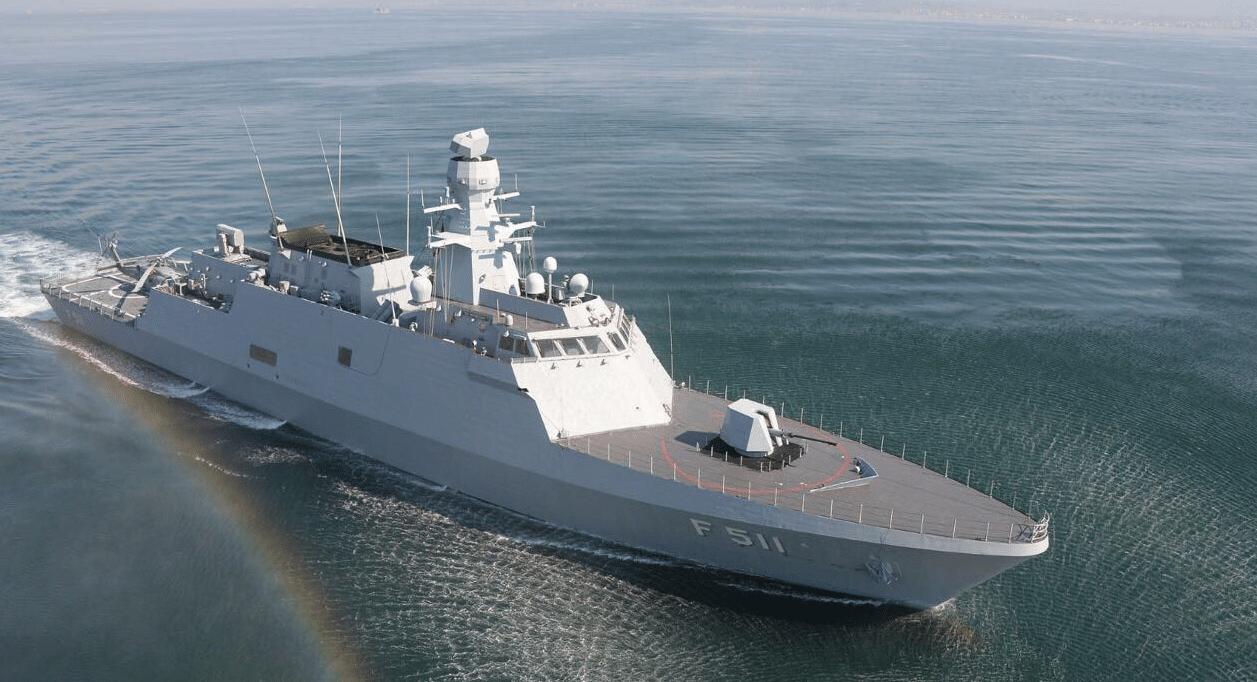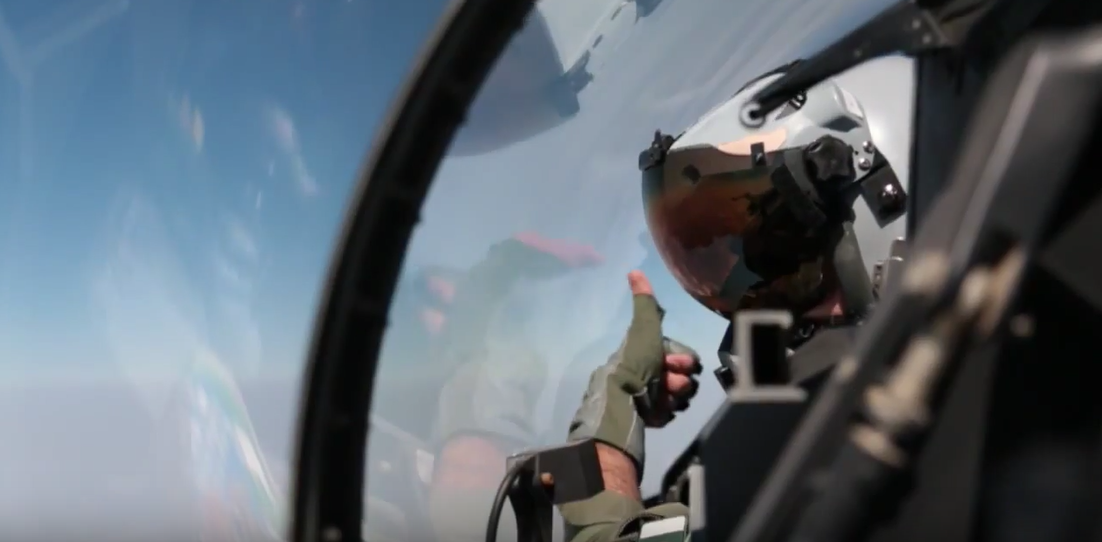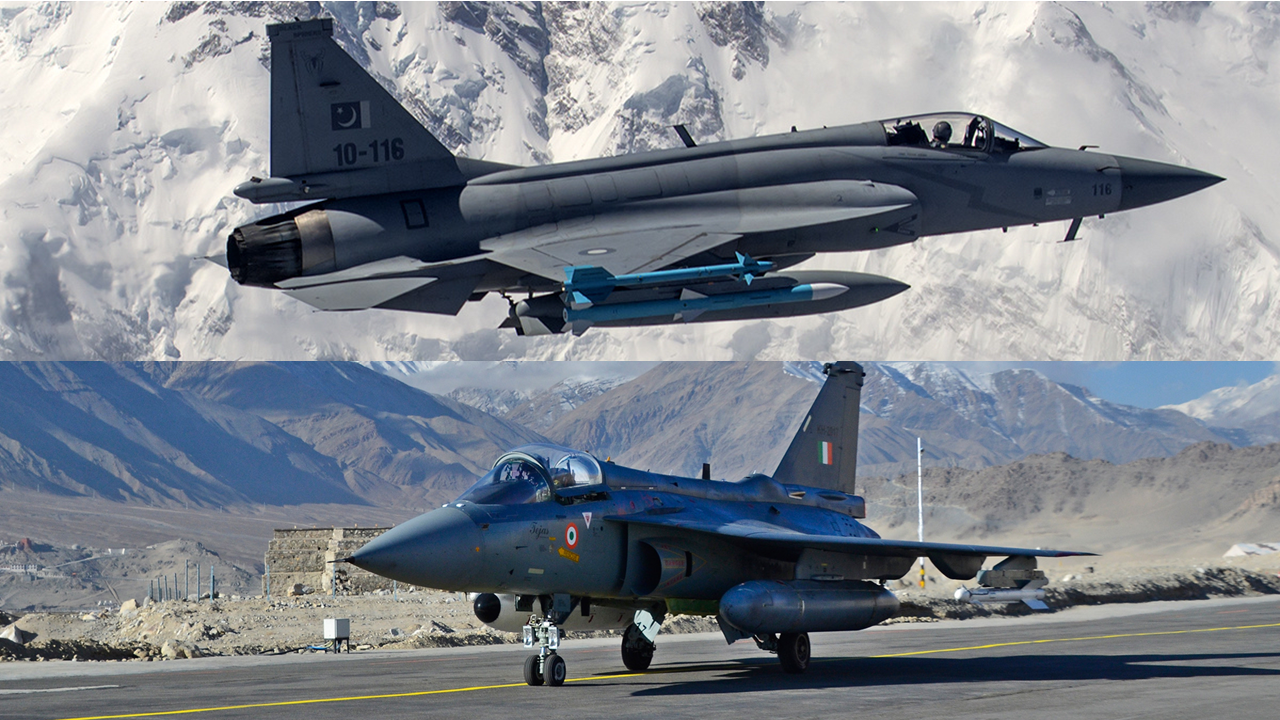34Views 4Comments

Discussion: The Pakistan Navy’s corvette options
Foreword: This is not a news story, but a piece for discussion. The details offered in this article are not authoritative pieces of information, but rather, perspectives of the author.
The Pakistan Navy asserts that it is pursuing new surface warships to supplant its legacy systems, such as the Type 21/Tariq-class frigates, and to bolster its fleet. In wartime, the Pakistan Navy’s core mission is to deny India access to Pakistan’s littoral waters and to protect coastal economic assets, such as the Gwadar deep-sea port. This anti-access and area-denial (A2/AD) mission would mostly be done by the Navy’s air-independent propulsion (AIP)-powered submarines, coastal anti-ship missile (AShM) batteries, fast attack crafts (FAC) and aviation assets, both from the Navy and the Pakistan Air Force (PAF).
However, there is a sense that the China Pakistan Economic Corridor (CPEC), and the resulting (or hoped) increase in sea trade between Pakistan and the Arabian Peninsula, would warrant the need for surface ships to police Pakistan’s sea-lines-of-communication (SLOC) and exclusive economic zone (EEZ). For these to be relevant in wartime, Pakistan would need to revitalize its merchant navy, which is comprised of only 10 ships. The Pakistan National Shipping Corporation (PNSC) would need to be much larger, and ideally, backed by a cadre of privately owned Pakistani shipping companies, to make the cost of guaranteeing wartime trade worthwhile for the Pakistani economy.
In the absence of a merchant navy resurgence, the Pakistan Navy’s surface combatants will likely support the A2/AD mission in wartime conditions. Pakistan is also bound by the reality of limited fiscal means. For the foreseeable future, these factors will guide Pakistan to pursue lower cost surface warship designs. It is negotiating with Turkey for four MILGEM Ada corvettes, but details regarding its configuration are not yet known, though one could expect Pakistan to retain its anti-ship warfare (AShW) and anti-submarine warfare (ASW) capabilities.
Ideally, the Pakistan Navy would also work with its Turkish contractor, Savunma Teknolojileri Mühendislik A.Ş. (STM), to incorporate vertical-launch system (VLS) cells for medium-range surface-to-air missiles (SAM). Interestingly, Delta Marine has an alternate design (i.e. LF-2400 Light Frigate) that seems to be a variant of the MILGEM, but with combined diesel-and-diesel propulsion (CODAD) layout and longer hull. The LF-2400 has a ferry range of 5,000 nm compared to the MILGEM Ada’s 3,500 nm.
With a displacement of 2,300 tons and hull length of 99.5 metres, the MILGEM Ada is still a ‘large’ ship. While it is smaller than many modern frigate platforms, such as the FREMM, naval warship designers have managed to produce smaller, but highly potent, multi-mission combatants. Examples include the Sa’ar 5-class corvette (1,275 tons), Baynunah-class corvette (930 tons), Visby-class corvette (640 tons) and the Hamina-class FAC (250 tons), among others. Besides lower procurement and operational costs, the lighter displacement – with relatively high-output engines – could provide speeds at-par with FACs.
The United Arab Emirates’ (UAE) Baynunah-class corvette, while maintaining a displacement of less than 1,000 tons, is markedly well-equipped. Its AShW compliment comprises of eight MBDA Exocet MM40 Block-3s, at-par with larger corvettes and frigates. The Baynunah’s AAW suite has a Raytheon RIM-116 Rolling Airframe Missile (RAM) Block-2 point-defence missile system and four Raytheon Mk56 dual-pack VLS for RIM-162C Evolved Sea Sparrow Missiles (ESSM). The ESSM has a range of 50km. The Baynunah does not include ASW capabilities, but other ships of comparable size (e.g. Sa’ar-5) are equipped with ASW capabilities. This was the UAE’s design decision. The UAE ordered four Baynunah-class corvettes with an option for two more from CMN Group in France in 2005. After accepting the optional ships, it is believed that the UAE paid U.S. $820 to $1 billion for all six ships (i.e. $137 to $166 million per ship).
The Pakistan Navy could approach the Maritime Systems Limited (MSL) and/or Maritime Technologies Complex (MTC) to design and develop a solution. A clean-sheet sub-1,500-ton corvette akin to the Sa’ar 5 or Baynunah could be an option. With collaborative support from China, Turkey, Ukraine and/or others, the MSL and/or MTC could potentially create a design with sound AShW, ASW and AAW capabilities. Such a platform could provide the Pakistan Navy with a scalable and affordable design to assume the bulk of its peacetime duties and to support its wartime A2/AD focus.
It must be noted that a significant portion of a surface combatant’s cost comes from electronic subsystems and weapons. It is not clear if the Pakistani armed forces have a tri-services strategy to domestically source active electronically-scanned array (AESA) radars, electronic support measures (ESM) systems, sonars and munitions. However, the PAF’s intention to domestically produce AESA radars could be scaled to the benefit of the Navy, which could channel those investments towards air surveillance and targeting radars and ESM, such as radar warning receivers.
Overall, Pakistan has the opportunity to undertake a domestic corvette program, one that can leverage domestic defence development in other spheres, such as electronics, and perhaps instigate development in other areas, such as AShW and AAW munitions.


